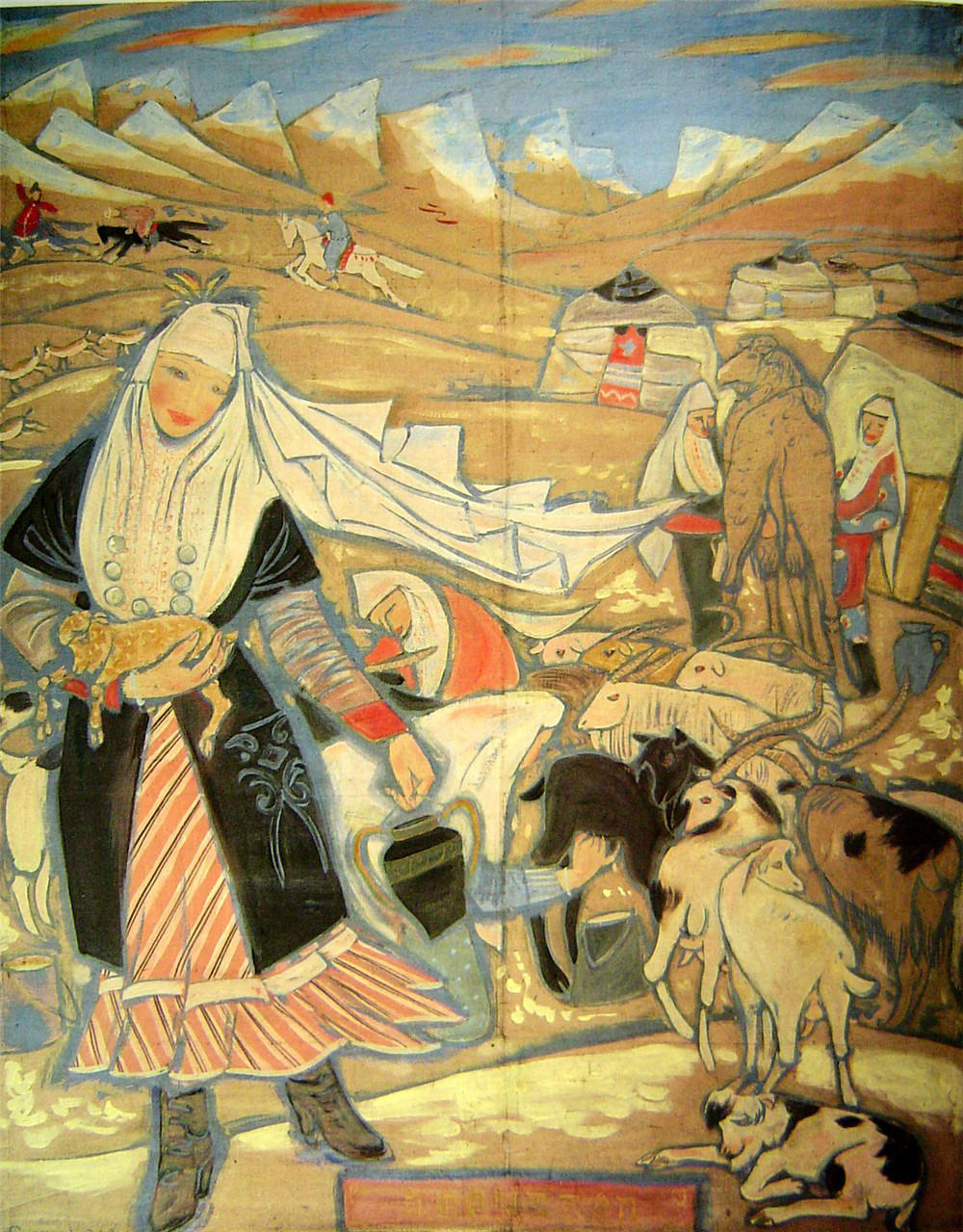History of painting localization

Kazakh Shepherdess
In the 1950s and 1960s, daring Chinese oil painting artists took inspiration from various forms of art and localized them for Chinese audiences. The “localization of foreign oil painting techniques” from elsewhere, as a concept, was more than a mere slogan. It became a trend of thought in art and exerted a long-term influence on the theoretical development and practice of this art form.
Dong Xiwen (1914-1973), a distinguished Chinese oil painter, has a close relationship with this concept. He was among the earliest contributors to this localization process and systematically interpreted it. His own artistic creations became the standard bearer for this wave of localized art.
In 1943, Dong came to the Dunhuang Art Institute and stayed there for three years to copy Dunhuang frescoes. This period has a profound effect on his painting style. Then in 1946, he displayed his copies of Dunhuang frescoes in an exhibition.
Dong favored paintings of the Northern Wei Dynasty (368-534) style. His painting Kazakh Shepherdess is his early exploration of localization of foreign oil painting techniques. The lines he used in the painting are vigorous, a characteristic of paintings of the Northern Wei Dynasty. In this painting, its decorations are basically cool-colored lines and light-color blocks, representing an elegant and free-and-easy style.
Shao Dazhen (b. 1934, Jiangsu Province), an art historian, art critic and expert of traditional Chinese painting, said Kazakh Shepherdess has a strong atmosphere of vitality. It is not a panorama. Instead, it depicts a scene that is seemingly plain but poetic in nature. With well-proportioned lines, the painting has a distinct ethnic style.

 PRINT
PRINT CLOSE
CLOSE